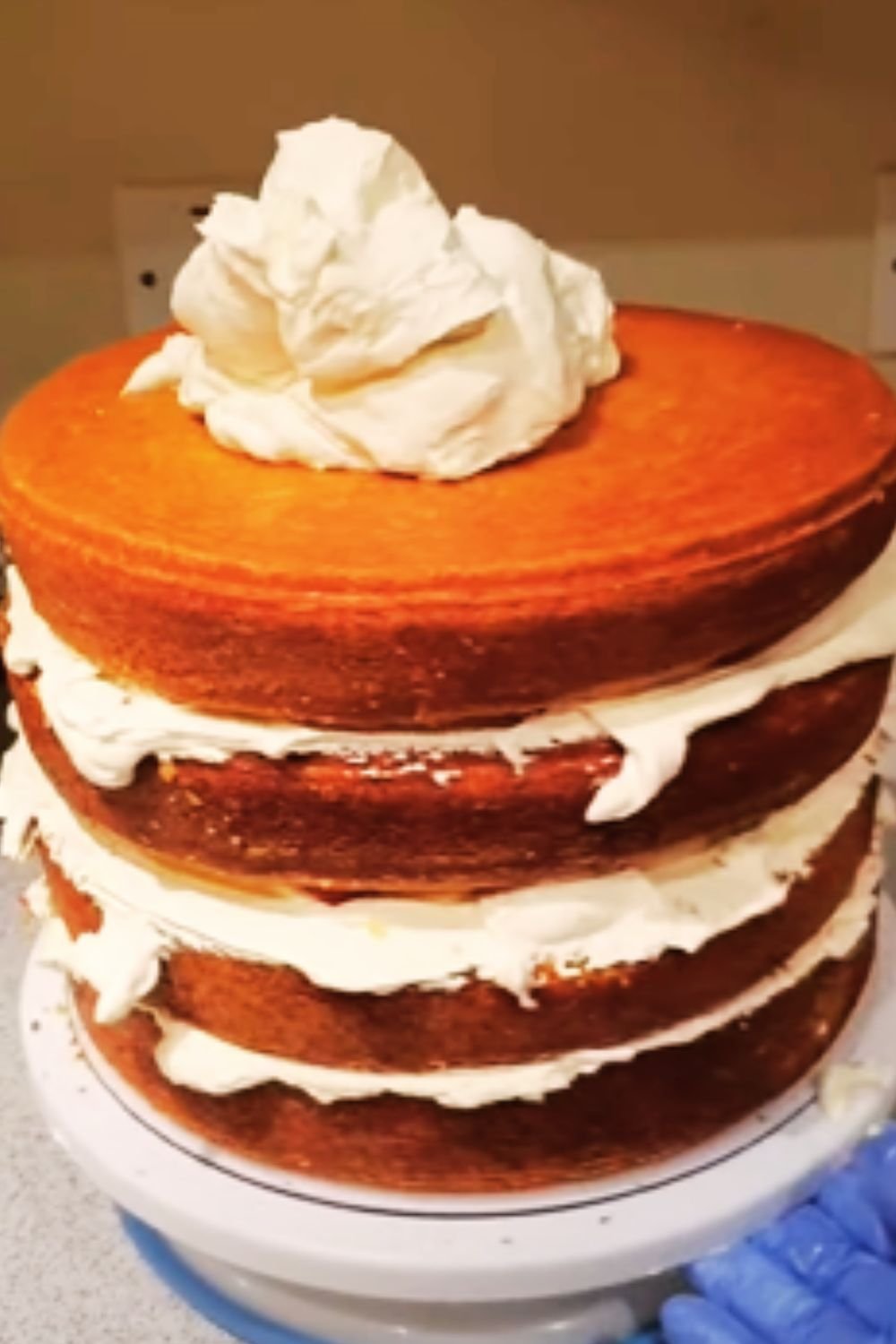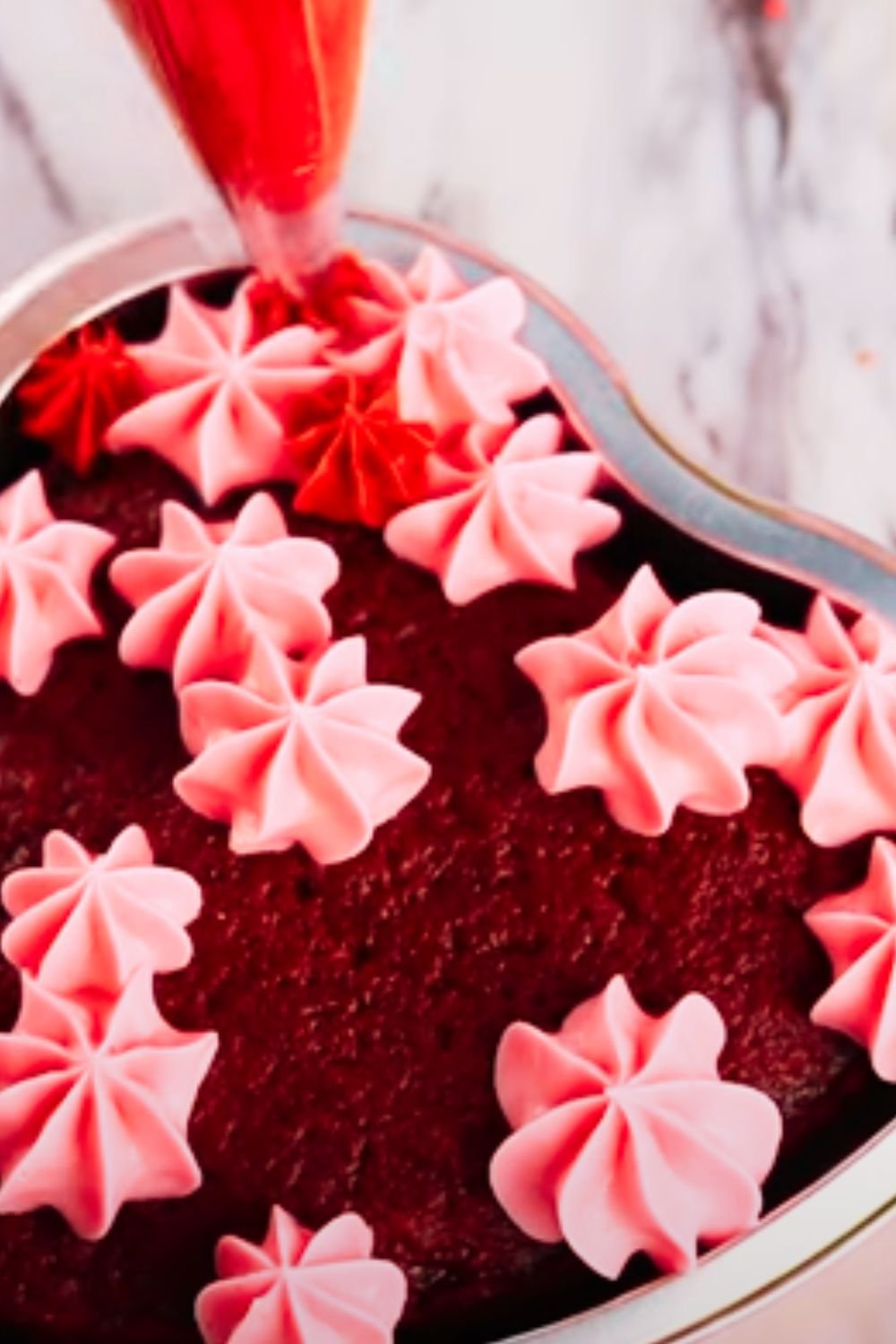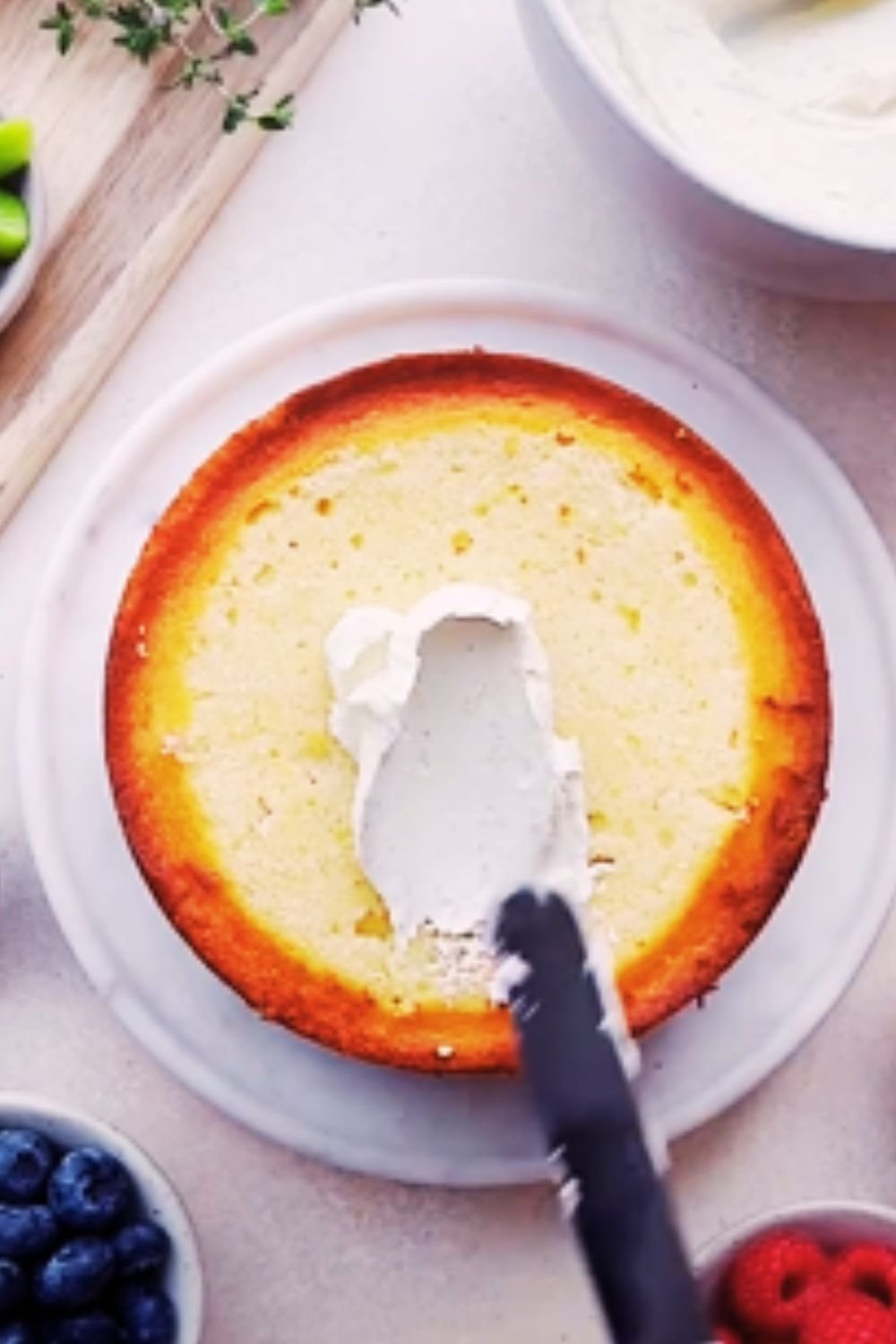In the world of wedding confections, there’s something undeniably charming about stripping away the excess and embracing simplicity. That’s exactly what happened when I first encountered a naked wedding cake at my cousin’s rustic barn wedding three years ago. Standing proudly on a wooden plinth, layers of golden sponge interspersed with fresh cream and seasonal berries caught my eye immediately. There was no smooth fondant exterior, no piped buttercream swirls—just the honest beauty of the cake itself, unadorned yet somehow more elegant for it.
Naked wedding cakes have revolutionized the wedding dessert scene, offering couples a refreshing alternative to traditional heavily-frosted creations. As someone who’s spent countless hours perfecting recipes and decorating techniques, I’ve watched this trend evolve from an unconventional choice to a mainstay of contemporary wedding celebrations.
Today, I’m delving into everything you need to know about these beautifully bare confections—their origins, why couples are falling in love with them, how to create your own, and creative ways to style them for your special day.
The Rise of Naked Wedding Cakes: A Brief History
The concept of the naked cake isn’t entirely new—many traditional European tortes have long featured visible layers. However, it was pastry chef Christina Tosi of Milk Bar who popularized the unfrosted aesthetic in America around 2013. Her signature “naked” layer cakes with their visible sides quickly captured the imagination of food bloggers and soon made their way into wedding reception halls.
When I first started baking wedding cakes a decade ago, virtually every request involved fondant or thick buttercream. The shift toward naked cakes represented not just a style preference but a broader cultural movement embracing authenticity and natural beauty. By 2015, naked cakes were appearing at high-profile celebrity weddings, and they’ve remained a popular choice ever since.
What started as a rebellion against the traditional has now become a beloved classic in its own right, with pastry chefs and home bakers alike developing specialized techniques to perfect this seemingly simple style.
Types of Naked Wedding Cakes
The term “naked cake” actually encompasses several different styles, each with its own distinctive look:
Truly Naked : Completely unfrosted cakes with filling visible between layers but no frosting on the exterior at all. These showcase the natural color and texture of the cake itself.
Semi-Naked (or “Half-Dressed”) : Features a very thin, scraped layer of frosting that allows the cake to partially show through—creating a rustic, textured look while providing some protection against drying out.
Barely-Naked : Has more frosting than a semi-naked cake but still allows portions of the cake to peek through in strategic places, creating a deliberately imperfect, artistic finish.
Translucent Naked : Covered with a thin glaze or transparent frosting that adds shine while keeping the cake layers visible.
I’ve found that semi-naked cakes offer the best of both worlds—the rustic charm of visible layers with just enough frosting to keep the cake moist. When I’m baking for summer weddings, this style has proved particularly popular among couples seeking that perfect balance.
Why Couples Are Choosing Naked Wedding Cakes
Through conversations with countless brides and grooms, I’ve discovered various reasons behind the enduring popularity of naked cakes:
- Visual Appeal: The exposed layers create natural visual interest and texture
- Genuine Aesthetic: They embody authenticity and unpretentiousness
- Versatility: They complement virtually any wedding theme, from rustic barn celebrations to elegant garden affairs
- Seasonal Showcase: They provide the perfect canvas for highlighting seasonal fruits and flowers
- Budget-Friendly: They typically require less labor and ingredients than fully frosted alternatives
- Less Sweet Option: They offer a less sugary alternative for guests who prefer subtler desserts
- Allergy Considerations: They’re ideal for couples concerned about fondant ingredients or excessive sugar
Perhaps most importantly, naked cakes feel inherently more approachable and inviting. There’s something honest about seeing exactly what you’re eating, and I’ve noticed guests are often more excited to try a slice when they can glimpse the delicious layers within.

Perfect Flavor Combinations for Naked Wedding Cakes
Because the cake itself takes center stage in a naked design, flavor becomes even more important. Here are some combinations I’ve found work particularly well:
| Cake Flavor | Filling Options | Seasonal Garnishes | Best For |
|---|---|---|---|
| Classic Vanilla | Vanilla bean buttercream, Strawberry jam, Lemon curd | Fresh berries, Edible flowers, Figs | Spring/Summer weddings, Traditional couples |
| Rich Chocolate | Chocolate ganache, Raspberry preserves, Salted caramel | Fresh raspberries, Chocolate shards, Gold leaf | Winter weddings, Chocolate enthusiasts |
| Zesty Lemon | Lemon curd, White chocolate buttercream, Blueberry compote | Candied lemon slices, Fresh blueberries, Thyme sprigs | Summer celebrations, Citrus lovers |
| Spiced Carrot | Cream cheese frosting, Orange marmalade, Cinnamon buttercream | Candied pecans, Orange zest, Cinnamon sticks | Autumn weddings, Couples seeking comfort |
| Red Velvet | Cream cheese frosting, White chocolate ganache, Vanilla bean mascarpone | Red berries, Cocoa dusting, Mini meringues | Romantic celebrations, Statement pieces |
| Almond | Amaretto buttercream, Cherry compote, White chocolate ganache | Fresh cherries, Sliced almonds, Powdered sugar | Sophisticated receptions, Nut lovers |
| Coconut | Coconut cream, Passionfruit curd, Lime buttercream | Tropical fruits, Toasted coconut, Mint leaves | Destination weddings, Summer celebrations |
| Earl Grey | Honey buttercream, Lavender infused ganache, Blackberry jam | Fresh blackberries, Lavender sprigs, Honey drizzle | Garden weddings, Tea enthusiasts |
I always recommend couples choose flavors that are meaningful to them rather than simply following trends. One of my favorite weddings featured a naked cake with layers inspired by the couple’s first dates—coffee cake (their first coffee shop meeting), strawberry (their first picnic), and lemon (their favorite shared dessert).
Technical Considerations for Creating Perfect Naked Cakes
Having made dozens of naked wedding cakes, I’ve learned that they require specific techniques to ensure success:
Structural Integrity
Naked cakes lack the structural support that exterior frosting provides, so special attention must be paid to stability:
- Firmer Cake Recipes: Standard cake recipes often need modification to create sturdier layers that won’t compress under weight
- Proper Cooling: Layers must be completely cooled before assembly to prevent collapse
- Dowel Support: Internal dowel systems become even more critical for multi-tiered designs
- Filling Consistency: Fillings need precise texture—too soft and the layers may slide; too firm and the cake won’t settle properly
Moisture Retention
The biggest challenge with naked cakes is preventing them from drying out:
- Simple Syrup Applications: Lightly brushing each layer with flavored simple syrup adds moisture and flavor
- Assembly Timing: Ideally, naked cakes should be assembled as close to the event as possible
- Storage Considerations: Using cake boxes with good seals is essential
- Filling Selection: Moisture-rich fillings like curds and ganache help keep cake layers soft
Temperature Management
Temperature affects naked cakes more dramatically than frosted ones:
- Refrigeration Requirements: Naked cakes generally need refrigeration until 1-2 hours before serving
- Venue Considerations: Outdoor summer weddings present challenges for naked cakes without climate control
- Setting Time: Allow time for the cake to come to room temperature before serving for best flavor and texture
I learned this lesson the hard way at a July wedding where my naked cake layers began to dry noticeably during the three-hour pre-reception display. Now I always apply extra simple syrup for summer events and recommend semi-naked rather than truly naked designs.
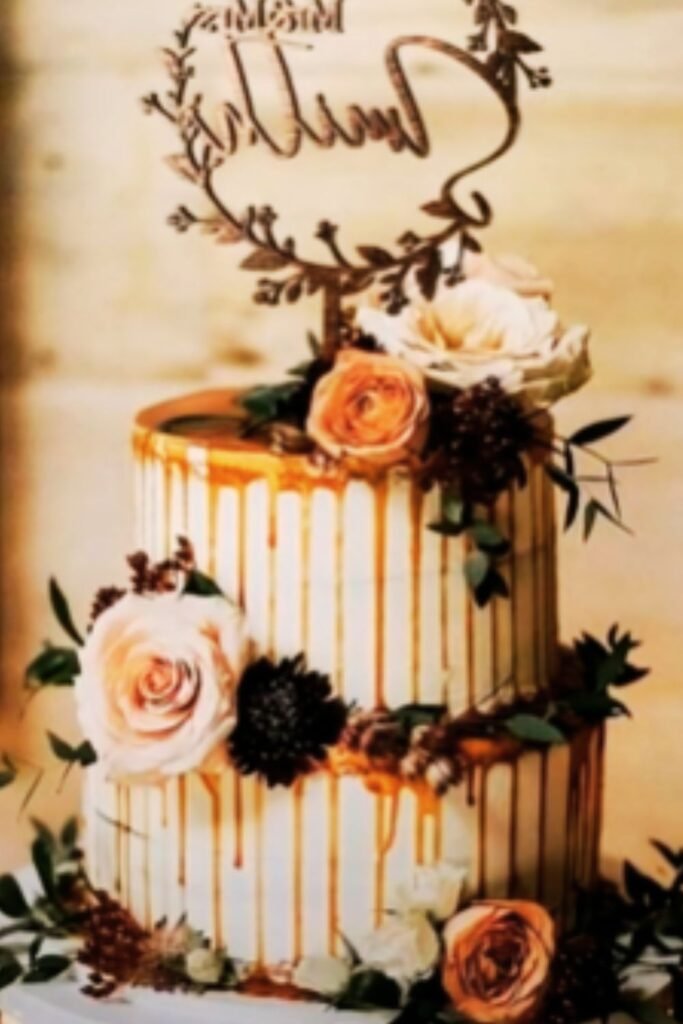
Step-by-Step Guide to Creating a Basic Naked Wedding Cake
For those adventurous enough to attempt their own naked wedding cake, here’s my proven process:
- Preparation (2-3 days before)
- Gather all ingredients and equipment
- Prepare cake boards and supports
- Mix and match filling flavors if desired
- Baking (1-2 days before)
- Bake all cake layers, using recipes specifically designed for naked cakes
- Allow to cool completely on wire racks
- Wrap tightly in plastic wrap and refrigerate if not using immediately
- Making Fillings and Frostings (1 day before)
- Prepare all fillings and frostings
- Store properly in refrigerator
- Allow to come to spreading consistency before assembly
- Assembly (Day before or day of event)
- Level all cake layers with a serrated knife
- Prepare simple syrup and brush onto each layer
- Place first layer on prepared cake board
- Apply filling, keeping 1/4 inch from edge to prevent overflow
- Continue with remaining layers
- Insert dowels for support if making multiple tiers
- Apply thin frosting coat to semi-naked designs
- Decoration (Day of event)
- Add fresh flowers, fruits, or other decorative elements
- Consider a light dusting of powdered sugar for an elegant finish
- Add any toppers or final details
- Transportation and Display
- Transport in cake boxes, keeping as cool as possible
- Set up in reception venue, away from direct sunlight or heat sources
- Add final decorative touches on-site
The key to success is working methodically and allowing ample time for each step. I’ve found that rushing the assembly process inevitably leads to sliding layers or structural issues later.
Decorating Ideas for Naked Wedding Cakes
The beauty of naked cakes lies in their simple elegance, which creates the perfect canvas for thoughtful decoration:
Floral Decorations
- Fresh flowers (ensuring they’re food-safe)
- Edible flowers (pansies, violets, lavender)
- Greenery (eucalyptus, rosemary, mint)
- Dried flowers for rustic themes
Fruit Elements
- Fresh seasonal berries
- Figs (particularly beautiful when halved)
- Citrus slices or twists
- Pomegranate seeds or segments
- Cherries with stems attached
Sweet Additions
- Macarons placed between layers
- Meringue kisses
- Chocolate-dipped fruits
- Candied citrus peel
- Chocolate shards or curls
Finishing Touches
- Light dusting of powdered sugar or cocoa
- Drizzles of caramel, chocolate, or fruit coulis
- Edible gold or silver leaf
- Honey drizzle with edible flowers
- Herb sprigs (thyme, mint, or lavender)
One of my favorite decorating approaches involves creating a “cascade” effect with decoration concentrated on one side of the cake, flowing down from top to bottom tier. This creates a dramatic focal point while maintaining the natural simplicity that makes naked cakes so appealing.
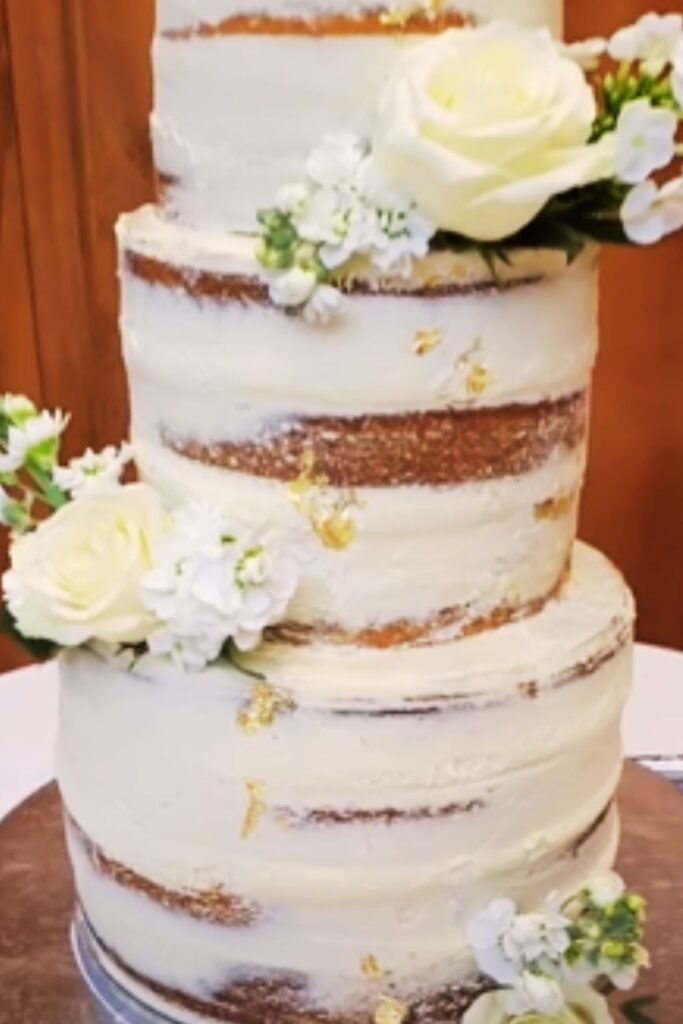
Serving Suggestions and Practical Considerations
When it comes to serving and displaying your naked wedding cake, I’ve gathered these practical insights:
Display Options
- Natural wood cake stands or slices
- Antique cake plates or stands
- Marble cake stands for elegant themes
- Rustic wooden crates or boxes
- Glass cake stands with decorative elements underneath
Complementary Desserts
- Mini naked cupcakes in matching flavors
- Fresh fruit platters
- Cheese boards with honey and fruits
- Chocolate truffles or pralines
- Coffee service with flavored syrups
Serving Recommendations
- Provide fresh berries or coulis as optional side accompaniments
- Offer flavored whipped cream as an additional topping
- Consider serving slightly warmed for winter weddings
- Pair with coffee, tea, or sparkling water with citrus
- For signature non-alcoholic pairings, try elderflower cordial, sparkling lemonade, or artisanal sodas
Practical Timing Tips
- Display the cake no more than 3-4 hours before serving
- Keep away from direct sunlight and heat sources
- Consider refrigeration until 1-2 hours before serving
- If using fresh flowers or fruits, add these as close to display time as possible
- Schedule cake cutting earlier in the reception timeline for naked cakes
The most successful naked cake presentations I’ve created featured thoughtful lighting (soft uplighting works beautifully), strategic positioning away from heat sources, and complementary table decorations that echo the cake’s garnishes without overwhelming it.
Frequently Asked Questions About Naked Wedding Cakes
Through my years of baking and consultations with couples, these questions come up most frequently:
Q: Do naked cakes dry out more quickly than frosted cakes? Yes, they can dry out faster since they lack the protective frosting layer. This is why proper moisture application (simple syrup) and timing are crucial. Semi-naked cakes offer a good compromise, providing some protection while maintaining the aesthetic.
Q: How far in advance can a naked wedding cake be made? Ideally, naked cakes should be assembled no more than 24 hours before serving. The components (cake layers, fillings) can be prepared 2-3 days in advance if properly stored.
Q: Are naked cakes less expensive than traditional wedding cakes? They can be, but not always. While they require less frosting and decoration, they often need premium ingredients since the cake itself is more visible. The labor involved in achieving the perfect semi-naked finish can be just as intensive as traditional decorating.
Q: Can naked cakes work for outdoor summer weddings? They can be challenging in hot weather, but with proper planning (shade, timing, sturdy fillings), they can work beautifully. I always recommend semi-naked rather than truly naked designs for summer events.
Q: How do you transport a naked wedding cake safely? Transportation requires special care. I use cake boxes with non-stick inserts and refrigerate the cake until just before transport. For tiered cakes, I often assemble the final tiers on-site to ensure stability.
Q: What cake flavors hold up best in naked designs? Dense, moist cakes like carrot, chocolate, and some fruit cakes work excellently. Light, airy sponges can be more challenging but can work with proper structural support and moisture application.
Q: Can naked cakes accommodate dietary restrictions? Absolutely! I’ve created beautiful naked cakes that are gluten-free, dairy-free, and even vegan. The key is having tested recipes that maintain structural integrity while meeting these requirements.
My Final Thoughts on Naked Wedding Cakes
After creating hundreds of wedding cakes throughout my career, I’ve developed a special appreciation for the naked cake aesthetic. There’s something profoundly honest about these creations—they represent wedding celebrations that value substance over surface, authenticity over pretense.
A beautifully crafted naked cake communicates that what matters most is what’s inside—a powerful metaphor for marriage itself. While trends in wedding desserts will continue to evolve, I believe the naked cake has earned its place as a timeless option rather than a passing fad.
For couples considering this style, I encourage embracing its natural beauty rather than trying to make it something it’s not. The magic of a naked cake lies in its imperfections—the slightly uneven layers, the occasional peek of filling, the organic arrangement of garnishes. These elements create a dessert that feels handcrafted with love, celebrating the genuine connection between two people on their special day.
Whether adorned with wildflowers for a countryside celebration or dressed with gold leaf and figs for an elegant affair, the naked wedding cake offers limitless possibilities while remaining true to its essential nature—just like the best of marriages.
So if you’re planning your wedding and find yourself drawn to these beautifully bare creations, I hope this guide has given you the confidence and inspiration to embrace the allure of the naked cake. After all, sometimes the most beautiful things are those that aren’t trying to hide anything at all.
